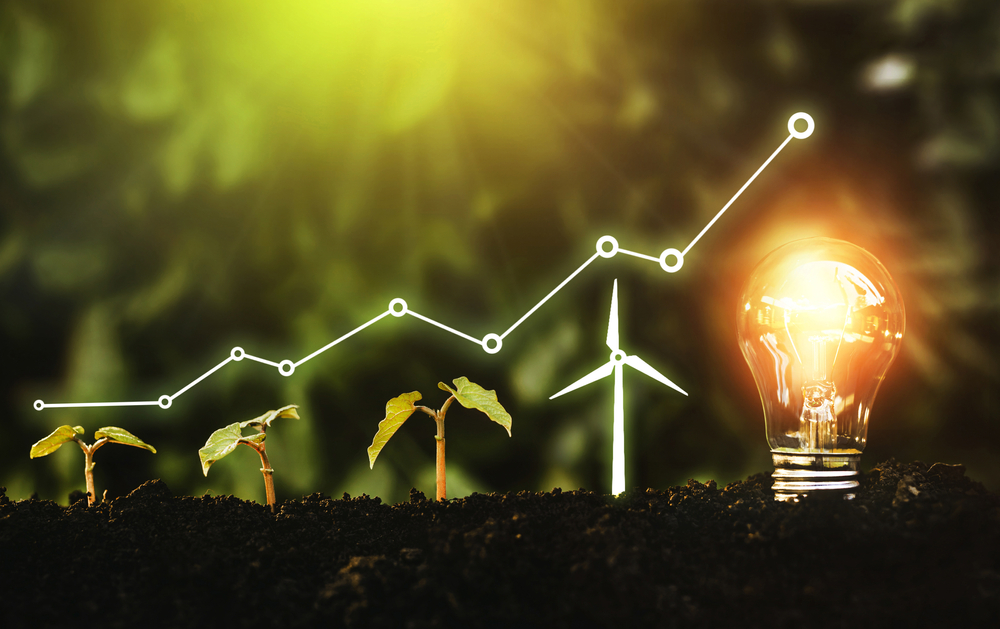The COVID-19 pandemic has been driving policymakers around the world to deal with a public health crisis, while simultaneously planning social, economic relief, and recovery strategies. The efforts to kickstart industrial activities are well underway and to cope up with the ensuing challenges, the Indian government has also announced stimulus measures and reforms to boost our economy.
While we focus on the post-pandemic recovery, we should also have a roadmap to build a sustainable industrial ecosystem that will help in accelerating economic growth, while ensuring environmental protection. India’s gradual improvement in the Climate Change Performance Index (CCPI) from 31 rank in 2014 to 10 in 2020, already exhibits a strong commitment in this endeavor. Focus on enhanced policy frameworks has been a key to this performance.
Energy efficiency in industries: the way forward
India being one of the largest and rapidly developing countries, is also one of the biggest consumers of electrical energy, with the industrial sector accounting for about 40- 48% of the total commercial energy consumption. Steel, aluminum, and cement are the key growth-oriented industries in India, which provide raw materials to various other sectors like construction, transportation, power transmission, etc. Since these industries are highly energy-intensive, it becomes imperative for them to adopt energy-efficient technologies to reduce their carbon footprint, contribute to a sustainable future, and become cost-competitive in the marketplace.
Adopt a holistic approach
Improved energy efficiency and productivity cannot be achieved overnight but is the result of a determined effort over time. Companies should always look at the big picture while planning their energy efficiency proposals for projects and consider the challenges, risk factors, and funding associated with the projects. They should adopt a holistic approach in increasing energy efficiency through next-gen technologies, which include a combination of high-efficiency motors and variable speed drives. Adding the latest developments in digitalization and connectivity makes it possible to monitor and optimize their performance remotely, which allows companies to realize additional energy savings.
One of the main barriers in the adoption of energy-efficient technologies is often the focus on lower upfront costs, rather than on the lower total cost of ownership (TCO). Opting for the less efficient IE2 motors may initially seem less expensive, as the purchase price is lower. However, the true cost of owning a motor in a critical application is far more significant than the initial purchase price of the motor For example, when a business chooses super premium efficiency motors (IE3, IE4), they can save money over the lifetime of the equipment and reduce their TCO.
Similarly, choosing the right kind of drives during the project phase saves costly changes in the future that might be required to be implemented in the system. A holistic approach would also mean that the benefits of new technologies and solutions available in the market are evaluated and implemented during project inception. Proactive implementation of Low Harmonic Drives has helped customers to not only address the System Harmonics issue but also to optimize the system design and costs, with lower counts on cable runs and transformer sizing. Alternately, usage of water-cooled drives can substantially reduce the operational costs and the payback is very attractive.
Role of high-efficiency motors and drives
The trend in the industrial segment has been towards the utilization of smaller motors, optimized for specific tasks. Matching the output of a motor to the maximum power required for a task already represents a major step toward achieving greater energy efficiency. Higher efficiency motors with IE4 and IE5 standards are available in the market and can save 5 to 10% of energy, which is very significant.
Without being controlled by a drive, many motors run at full speed, even when the load requirements are minimal. Modern, high-efficiency motors, paired with variable-speed drives (VSDs), are extremely efficient, offering significant reductions in power consumption compared with the traditional systems. Their importance in the development of a sustainable society cannot be overstated.
A VSD adjusts the amount of electricity consumed by the motor to match the exact amount of energy needed at any given moment, so no energy is wasted. For example, one of the biggest power producers in Haryana, India achieved energy savings of 28%, after installing variable speed drives at their thermal power plant.
While many countries have made good progress on the energy efficiency front, India still needs to push for stronger policies and business models to scale up the uptake of more efficient options. Apart from regulatory needs, incentivizing the use of energy-efficient technologies will encourage more companies to integrate such sustainable solutions in their manufacturing processes. The coming years will be a decisive period for India in achieving its climate goals. The country has set a target of a 35% reduction in carbon dioxide emissions, from 2005 levels by 2030. Hence energy efficiency must be a priority in India’s economic roadmap, and as we embark on the road to recovery, we must also consider the possible environmental implications of our activities in the new normal.
This article is co-authored by Anoop Anand – Division President, System Drives and Bhanudas Chaudhari – Division President, NEMA motors, Motion business area, ABB India Ltd.



